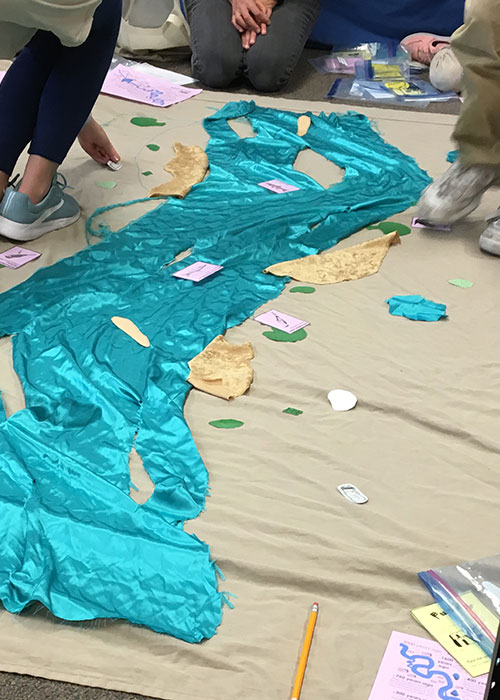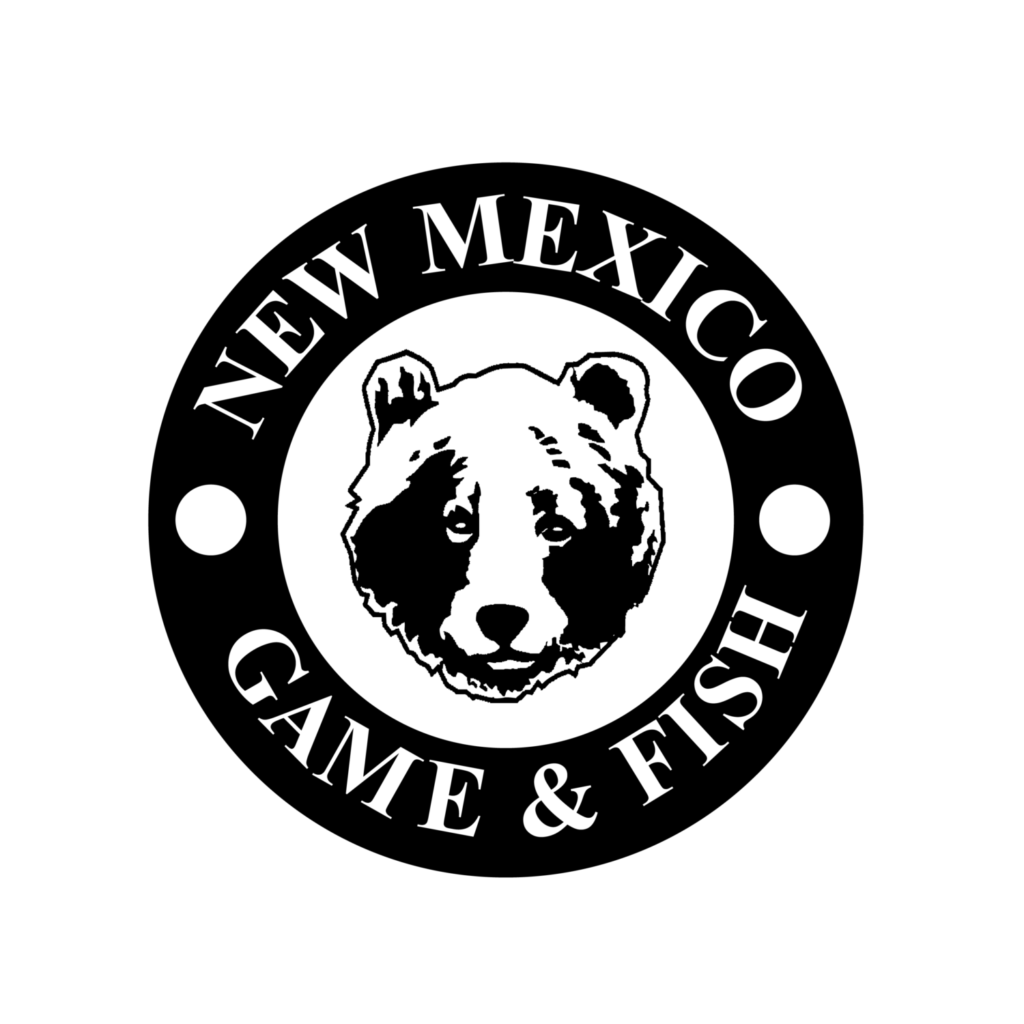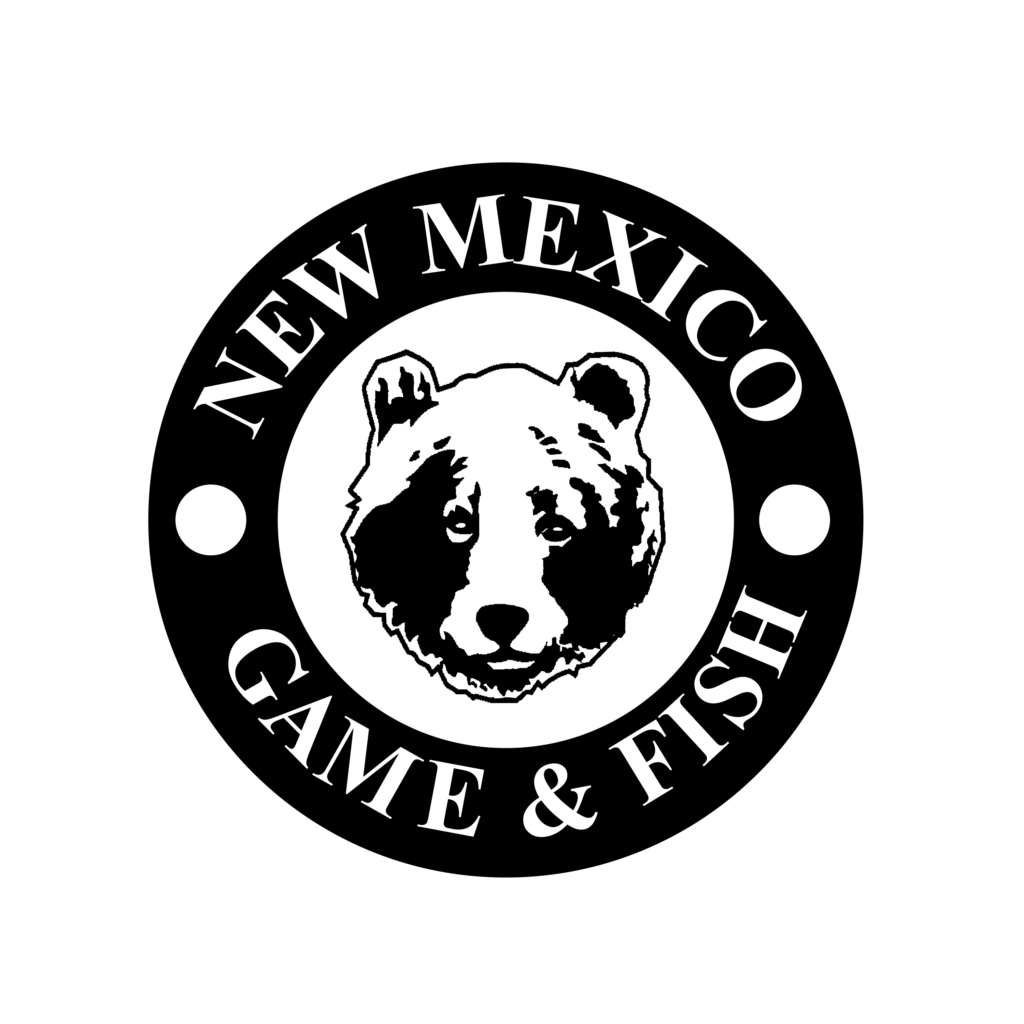Following is a selected project highlight from the Share with Wildlife mission to assist all New Mexico wildlife in need, no matter what species.
Combining History, Hydrology, and Wildlife Ecology
What did the Rio Grande look like 2,000 years ago? How has the river and surrounding habitat changed over time? What are Species of Greatest Conservation Need (SGCN)? What are some SGCN that live along the Rio Grande? These are all questions that the Bosque Ecosystem Monitoring Program (BEMP) in Albuquerque is working with students in central New Mexico to answer. BEMP, using funds from the Share with Wildlife program, has been working to integrate information on SGCN into their existing classroom- and field-based activities that focus on the Rio Grande and it’s surrounding (i.e., riparian) habitat. BEMP works with thousands of K-12 students every year and to enrich the environmental science education that these students receive. The lessons they share provide important historical and social context while driving home key ecological and hydrological concepts.

River of change diagram. (Ginny Seamster)
BEMP’s River of Change classroom lesson traces the history of the Rio Grande from 2,000 years ago to present and shows the students the dramatic changes that the river has undergone in that time. Students learn about the importance of cottonwood trees and the relationship between flooding and successful reproduction of cottonwoods. They learn about how levees, ditches, and dams have changed the hydrology of the Rio Grande and what kind of impact that can have on the plants and animals that live in and near the river.
BEMP has incorporated several SGCN into their River of Change lesson, including fish, birds, and a mammal. The fish include the Rio Grande silvery minnow, which depends on the shallower waters present when the river floods to spawn. The birds include the southwestern willow flycatcher, which needs dense thickets of willows and other plants found along the river’s edge to breed. The mammal is the North American river otter, which feeds on a variety of aquatic animals and was reintroduced to New Mexico from 2008-2010.

Rio Grande model pre-Cochiti dam. (Ginny Seamster)

Students help build the model. (Ginny Seamster)
BEMP has started implementing their updated River of Change lesson, as well as field activities that incorporate SGCN (e.g., surveys for yellow-billed cuckoos, discussions of SGCN adaptations, etc.), with over 400 students this spring and fall and will be able to continue these lessons with many more students in future.

Species of Greatest Conservation Need worksheet. (Ginny Seamster)

